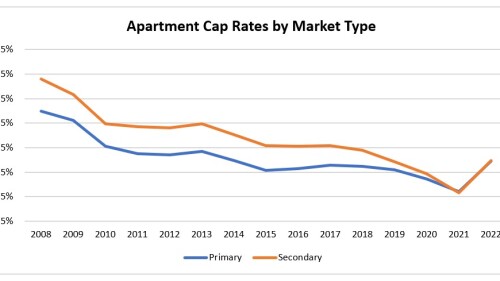The U.S. real estate market remains awash in foreign capital, but those providing the funds are much more disciplined and better informed than in the past, a panel of real estate finance experts said at the 2015 ULI Spring Meeting in Houston.
The rate of inflow is increasing. In 2014, panelists noted, $40 billion of foreign direct investment went into U.S. markets, accounting for about 10 percent of the total market. During the first quarter of this year, however, some $22 billion flowed into the U.S. market—17 percent of the total. If that pace were to persist through the year, U.S. real estate would attract some $88 billion of foreign capital.
“There is too much capital chasing too few real estate assets in general,” said Brian Ward, president of capital markets and investment services, Americas, for Colliers International.
However, panelists said the rush of capital does not seem to be funding unsound projects. “Capital is not so free that it’s gotten stupid like it did last time,” said Gayle Starr, senior vice president for capital markets at Prologis. “Everybody’s got capital; it doesn’t mean there’s capital for everybody.”
Glenn L. Lowenstein, principal of Lionstone Investments, said that many foreign investors are staffing their firms with local-market experts. Unlike the mid-1980s, when Japanese investors rushed in and overpriced core assets in the United States, today, he said, “there’s tough, good competition out there for investments.”
Panelists did express some discomfort over the unprecedented nature of the current financial environment. Ward noted that, roughly six-and-a-half years into recovery, with unprecedented global liquidity, there is still only very modest growth in inflation. “I know in my career, I’ve never seen this before.” He warned that investors ought to be prepared for a 10 to 15 percent pricing correction sometime during the next three years. “It’s going to happen as sure as we are sitting here,” he said. “It has to happen.”
Commercial mortgage–backed securities (CMBS) are “the canary in the coal mine,” noted Lowenstein. Before the financial crisis, in 2007, they made up 55 percent of the market. In 2014 they accounted for 22 percent, and the trend is rising, with CMBS accounting for 30 percent of the current market. That could be a sign that these investors are moving into higher-risk loans—one of the “road signs that say caution,” Lowenstein said.



